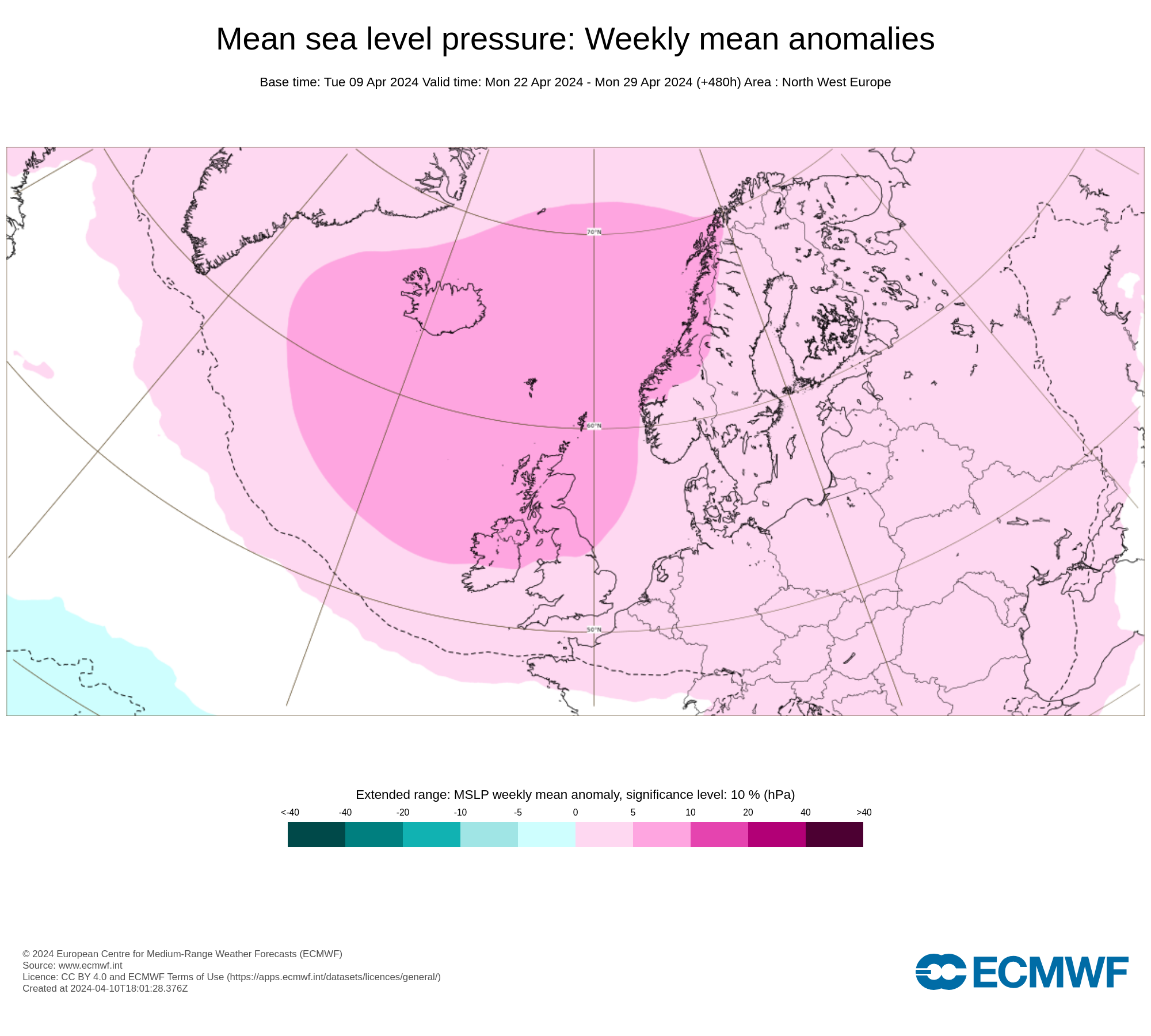Night of the Big Wind - Killer storm
The Night of the Big Wind
Oíche na Gaoithe Móire
The Night of the Big Wind was a powerful European windstorm that swept across Ireland beginning in the afternoon of 6 January 1839, causing severe damage to property and several hundred deaths; 20% to 25% of houses in north Dublin were damaged or destroyed, and 42 ships were wrecked. The storm attained a very low barometric pressure of 918 mbars and tracked eastwards to the north of Ireland, with gusts of over 100 knots (185 km/h; 115 mph), before moving across the north of England to continental Europe, where it eventually dissipated. At the time, it was the worst storm to hit Ireland for 300 years.
Continues below
Meteorological situation
The storm developed after a period of unusual weather. Heavy snow, rare in Ireland, fell across the country on the night of 5 January, which was replaced on the morning of 6 January by an Atlantic warm front, which brought a period of complete calm with dense, motionless, cloud cover. Through the day, temperatures rose well above their seasonal average, resulting in rapid melting of the snow.
Later on 6 January, a deep Atlantic depression began to move towards Ireland, forming a cold front when it collided with the warm air over land, bringing strong winds and heavy rain. First reports of stormy weather came from western County Mayo around noon, and the storm moved very slowly across the island through the day, gathering strength as it moved.
By midnight the winds reached hurricane force. Contemporary accounts of damage indicate that the Night of the Big Wind was the most severe storm to affect Ireland for many centuries. It is estimated that between 250 and 300 people lost their lives in the storm. Severe property damage was caused, particularly in Connacht, but also in Ulster and northern Leinster. Between a fifth and a quarter of all houses in Dublin suffered damage ranging from broken windows to complete destruction.Much of the inland damage was caused by a storm surge that drew large quantities of sea water inland, resulting in widespread flooding.
Continues below
Damage
Even well-built buildings suffered structural damage, including new factories and military barracks. The newly constructed St. Mary's Roman Catholic Church in Derrytrasna was completely destroyed; one of the steeples of the Church of Ireland church in Castlebar was blown down, and a number of large country houses were unroofed. Among the poorly built homes of the poor, damage was more severe and many were completely destroyed. A total of 42 ships, most along the less sheltered west coast, were wrecked while unsuccessfully trying to ride out the storm: a majority of the recorded casualties occurred at sea.
Stacks of hay and corn were widely destroyed, resulting in severe starvation among livestock in the following months.
Continues below
Coming of the Wind
January 6th, 1839. the Feast of the Epiphany, was a Sunday. The wind began to rise about six o’clock in the evening it increased to gale force around bedtime and by midnight it had become a hurricane. For six long hours, from midnight until six o’clock in the morning, the storm raged. It was generally stated that the wind was westerly but that is not strictly correct, it was a point north westerly. A contemporary report for instance, describing the storm in Enniskillen, states that the direction of the wind changed from N.W. to West at six o’clock on Monday morning, January 7th. when the storm moderated somewhat. Whether westerly or north-westerly, the force of the wind was felt in no small measure along the coast of the North-West. In the towns of the South and Midlands slates were ripped off and chimneys came tumbling down, causing whole towns to blaze. Eighty-seven houses were burned to the ground in Loughrea; half of Kells was reduced to ashes, while Navan also suffered severely. Before morning the countryside was like a place devastated by a modern bomber force using both high explosives and incendiaries. A newly-built church was left roofless in County Galway while great damage was caused to tree plantations, and housing in the towns of Kilkenny, Moate, Belfast and elsewhere. In towns no one stayed indoors as the fear of falling masonry and slates kept them off the dark muddy streets. The skies were further Illuminated by the dazzling beams of the Northern Lights which added to the terror of the grim spectacle. As one might expect, there was little rain but where showers fell it is said that the force of the raindrops broke panes of glass as they were lashed against them by the driving wind! This would be unimaginable in the Donegal Gaeltacht at that time, because the windows in the houses then (where there were such) had very small panes. There were no housing grants then.
Men, Woman and Children Pray
The Night of the Big Wind struck terror into those living along the exposed coast from Malin Head to Erris Head. At that time there were scarcely any slated houses and the frail thatched cabins swayed and trembled under the pressure of the wind. Men, women and children prayed in the flickering light of the turf-fires or the rush-candle in an age when the E.S.B. and modern pressure lamps were unheard of. There were no storm lanterns at that time and the men-folk had to stay indoors as they could do little to secure the roof, etc., in the darkness of a winter’s night with a gale of probably more than 100 m.p.h. raging. Even they had had flood-lighting there was little they could then do. Boats were smashed to pieces on the beaches all along the coast of Donegal, much to the discomfort and loss of their hard-pressed owners. It is said that the spume and spray from the sea was carried miles inland by the wind, rendering the water in wells, lakes, rivers, etc., salt for weeks afterwards. No place seems to have escaped. Great shipping losses were incurred in Liverpool and in Cork harbour, as well as elsewhere around the coasts. The destruction was general.
Click on the tabs below to view the new forecasts available under the forecast section.
2019 CALENDAR NOW ON SALE






























